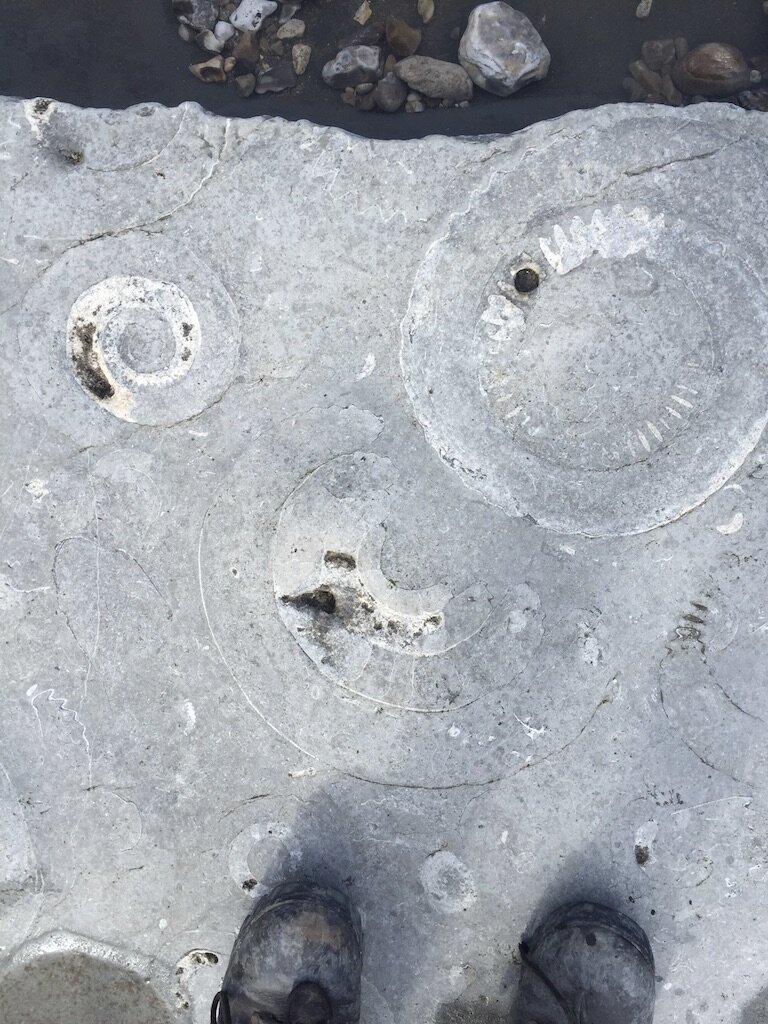Getting ready for the workshop!
To complete this workshop you will need paper and a pen or pencil.
Plus if you wish to create a colourful artwork, use some colouring pens or pencils.
There will be optional worksheets that you can download but if you don’t have access to a printer you can also create your own by copying the picture onto paper.
FOSSILS
The study of fossils is important for understanding the history and evolution of life on Earth. For example, we wouldn’t know that dinosaurs existed if we didn’t have fossil evidence!
Palaeontologists are scientists who study fossils, and if you work through the activities on this page you will be on your way to becoming one too.
At the end of this workshop you will be able to;
Explain what a fossil is.
Describe how a fossil is formed.
State different types of fossils and describe the differences between them.
What is a fossil?
We have lots of fossils in the GeoBus collection, below are two of our favourite fossils we have: a trilobite and a large ammonite.
TRILOBITE FOSSIL
This trilobite exoskeleton has been preserved almost unchanged so you can see lots of great detail on this fossil, even its eyes.
Trilobites used to live in the sea, crawling along the bottom of the sea floor, and came in all shapes and sizes. They became extinct around 250 million years ago.
You can find out more about the trilobites here.
AMMONITE FOSSIL
This ammonite shell fossil is 20cm wide and very heavy. Ammonites were squid like creatures living in the sea inside spiral shells. They went extinct at the same time as the dinosaurs, approximately 65 million years ago. Fossilised ammonite shells can now be found all over the world, the biggest shell found was almost 2m wide!
You can read more about the ammonites here.
Find a Fossil
How many ammonites can you spot in the picture below? Use the 30 second timer in the video above and count as many as you can!





